After several days of testing since cleaning the CKP sensor, I can conclude that the car has improved slightly. However, the ECU indicator on the dashboard has come back on. Therefore, I decided to check several related sensors, check the input voltage, and clean them, given the condition I found the CKP sensor in. Today, I'm sharing my check of the TPS and MAP sensors.
Avanzando en la solución - Limpieza de sensores TPS y MAP tras el error P0107
Pasados ya varios días de prueba luego de la limpieza del sensor CKP, puedo concluir que el carro ha tenido una leve mejoría, sin embargo, el indicador en el tablero de ECU se ha vuelto a encender, por lo tanto, he pensado en verificar varios de los sensores relacionados, chequear el voltaje de entrada y hacerles una limpieza, en vista de las condiciones en las que encontré el sensor CKP. Hoy les comparto lo que fue el chequeo de lo sensores TPS y MAP.
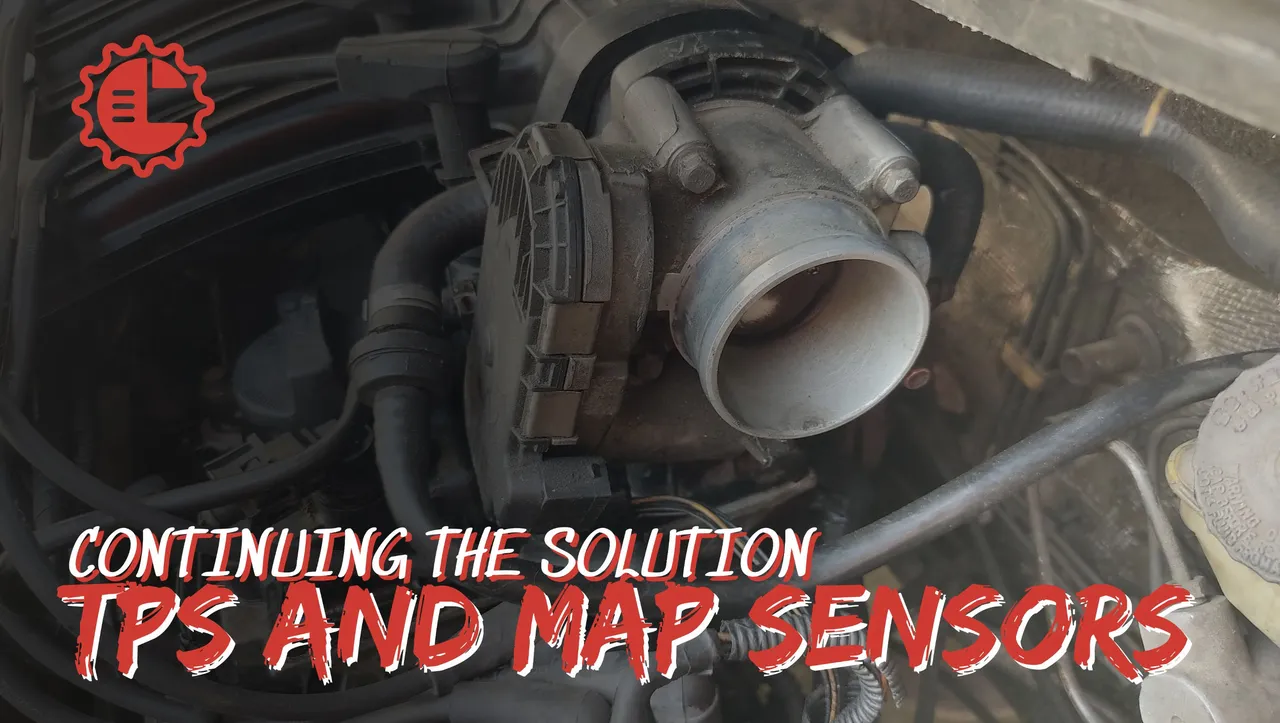
Why did I decide to check these sensors? I'm sharing again the image that I also shared in my previous post. It shows the errors from the diagnostic scan I did on the vehicle through the OBS2 port, where you can see the diagnosis: 'Manifold Absolute Pressure/Barometric Pressure Sensor Circuit Low' (P0107).
¿Porque decidí chequear estos sensores? Les comparto nuevamente la imagen que en mi publicación anterior también compartí, en ella es visible los errores que arrojo el diagnostico que hice al vehículo con el escáner a través del puerto OBS2, donde se puede apreciar el diagnostico: 'Presión Absoluta del Colector/circuito del sensor de presión barométrica bajo' (P0107).
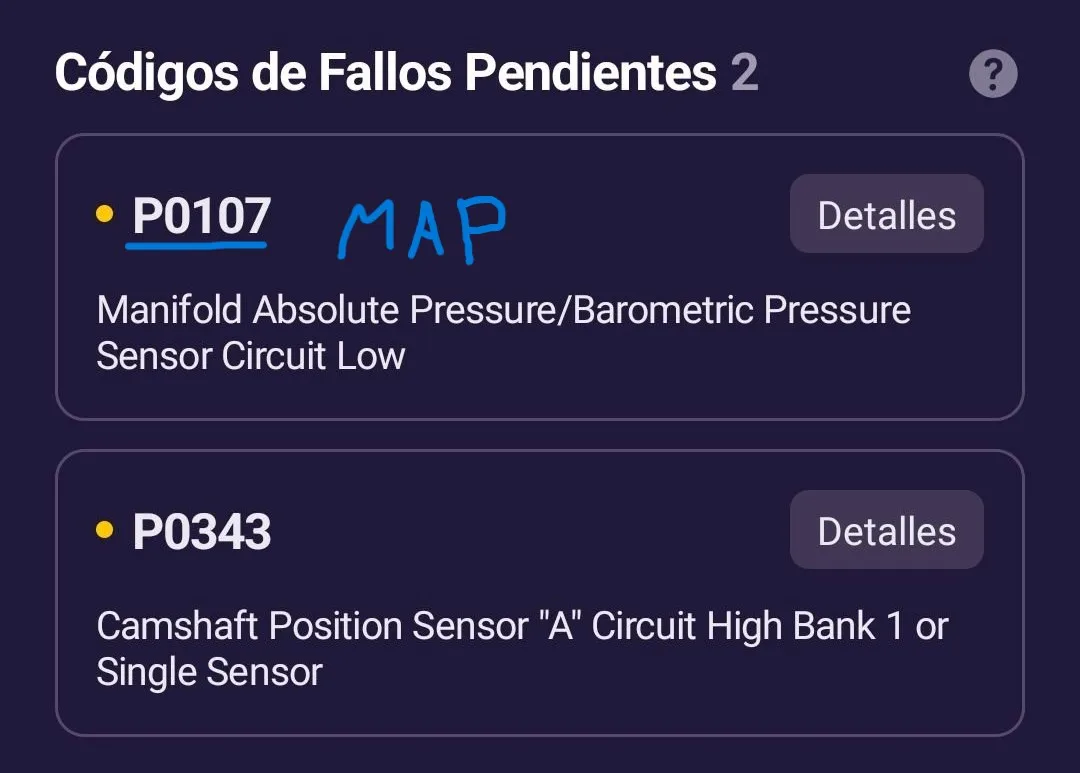
Although the diagnostic didn't show an error in the TPS sensor's operation, there might be a connection to the cause of the MAP sensor error. Low barometric pressure can be due to the sensor sending a return voltage signal that is obviously low or less than 1 volt. Perhaps it's due to moisture ingress, which is why it's important to check the butterfly valve coupled to the TPS, as it might not close properly due to dirt.
Aunque el diagnóstico no arrojo error en el funcionamiento del sensor TPS, puede haber una relación en la causa del error del sensor MAP. Una presión barométrica baja, puede deberse a que el sensor envía de retorno una señal de voltaje obviamente baja ó inferior a 1 voltio. Quizás sea por la entrada de humedad y es ahí donde es importante chequear la mariposa que está acoplada al TPS, ya que debido al sucio puede que no cierre bien.
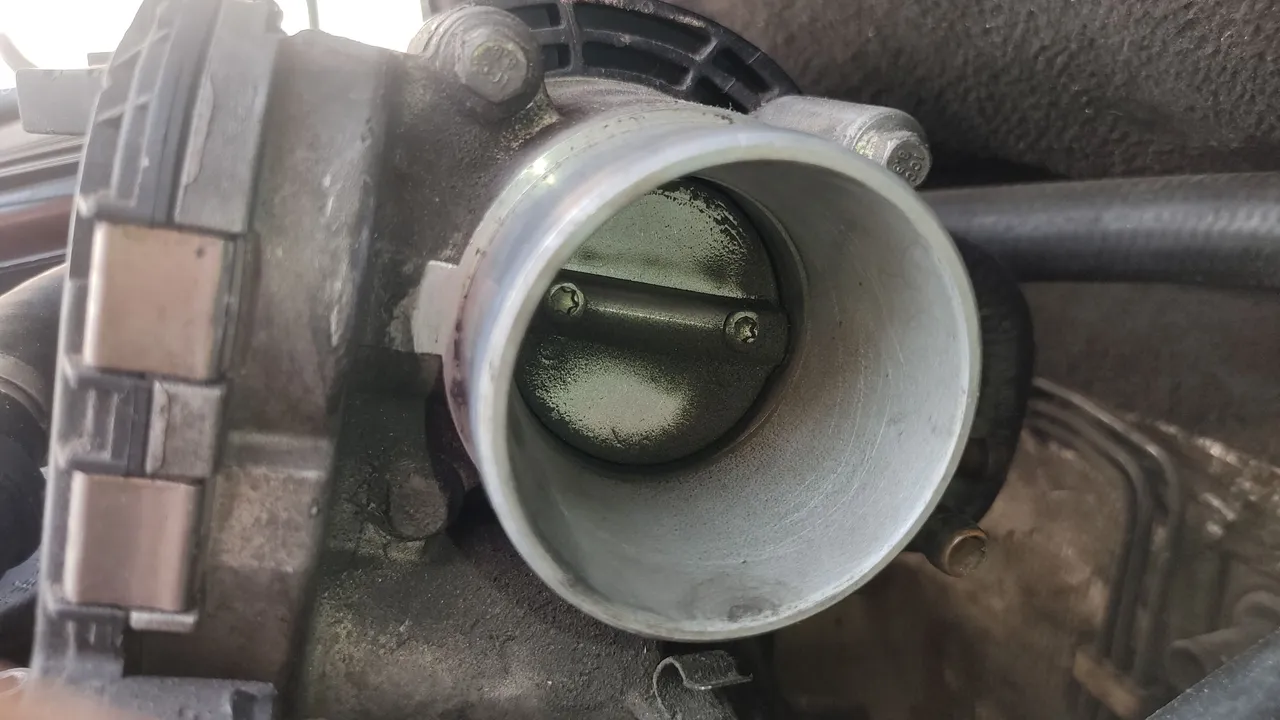
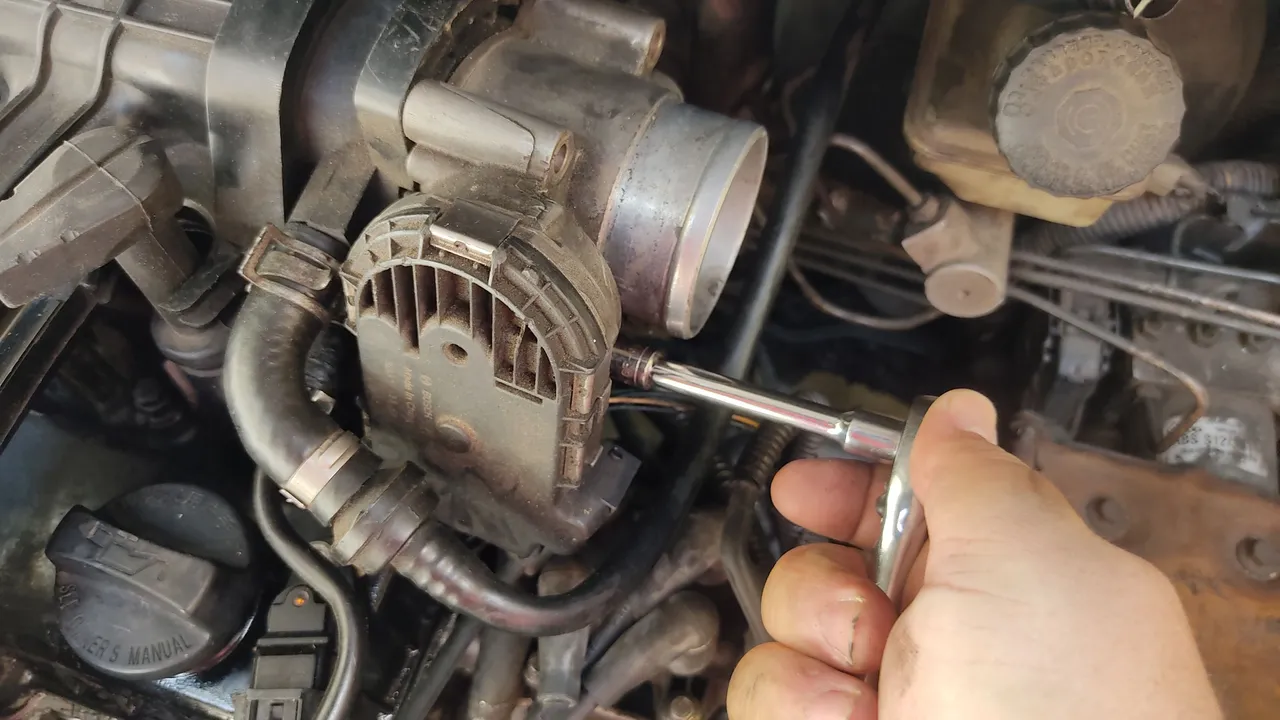
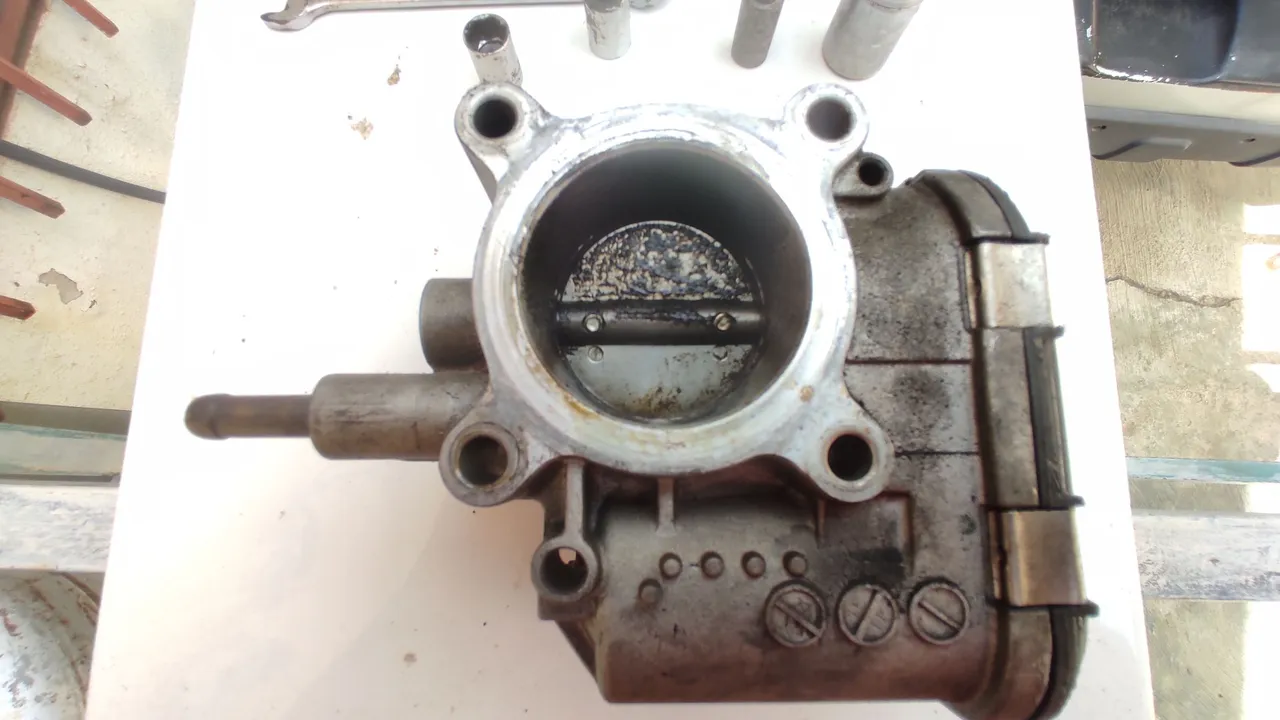
I first disconnected the TPS and found it very dirty. The reason is that the air filter box before it is broken due to heat and the plastic has started to char. Therefore, a cleaning is necessary before moving on to the MAP sensor. As you can see in the images, the dirt accumulation is significant, so the intake must be too. I cleaned as much as I could, planning to do a deeper clean later when I remove the injectors.
Desacople primero el TPS y descubro que está muy sucio, la razón, el cajón del filtro de aire que está antes, se ha roto debido al calor y comenzó a tostarse el plástico, por lo tanto es necesario primero una limpieza antes de pasar al sensor MAP. Como podran observar en las imagenes la acumulacion de sucio es abundante, por lo tanto la admision tambien lo debe estar, la limpie hasta donde puede, para más adelante hacerlo a profundidad cuando desmonte los inyectores.
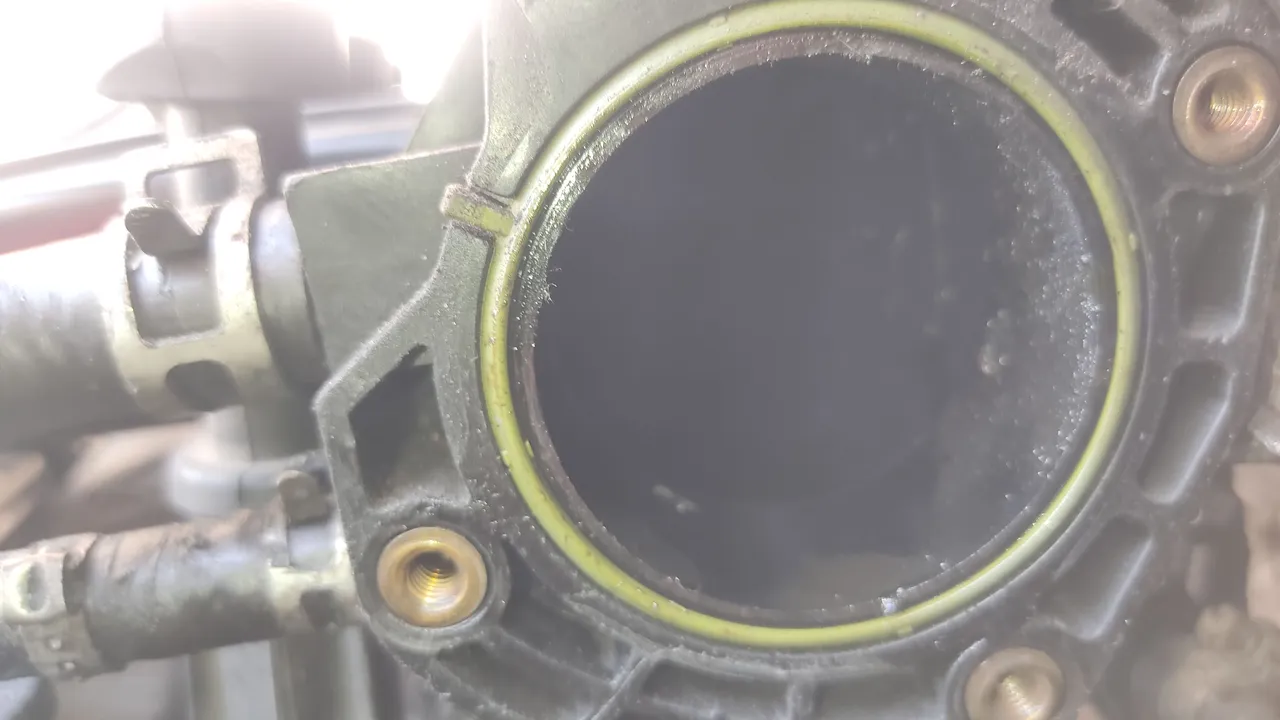
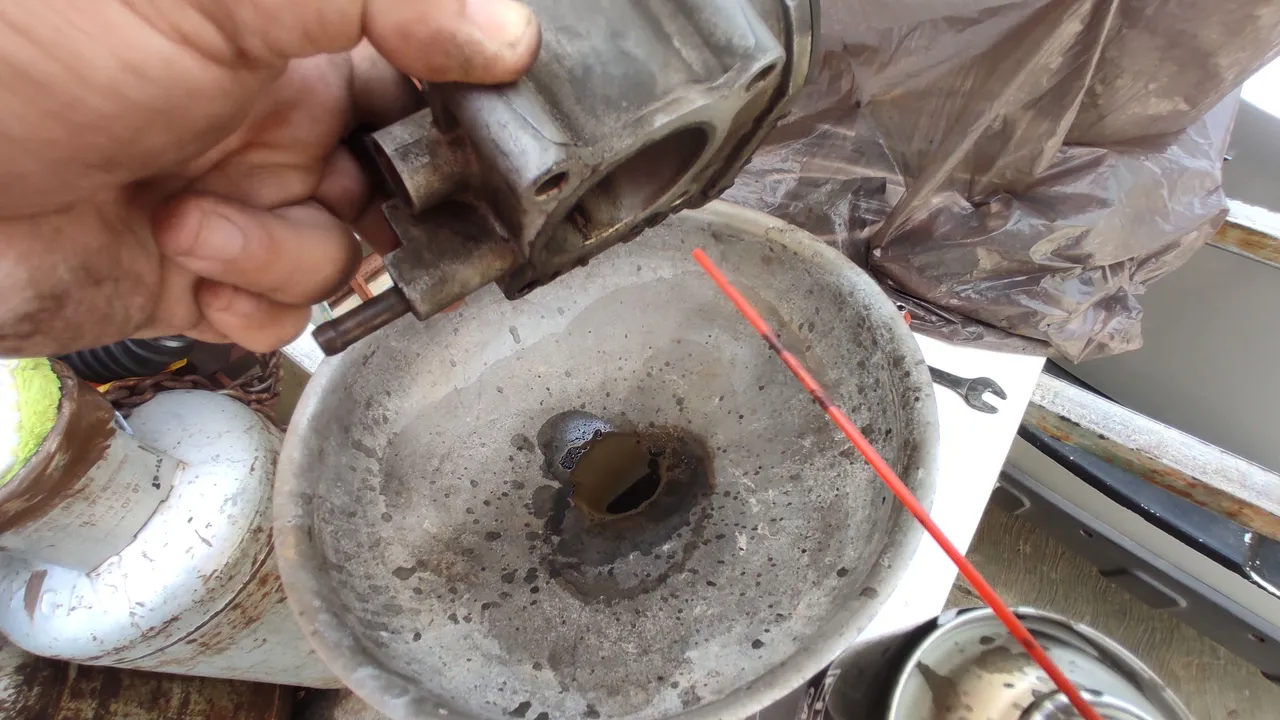
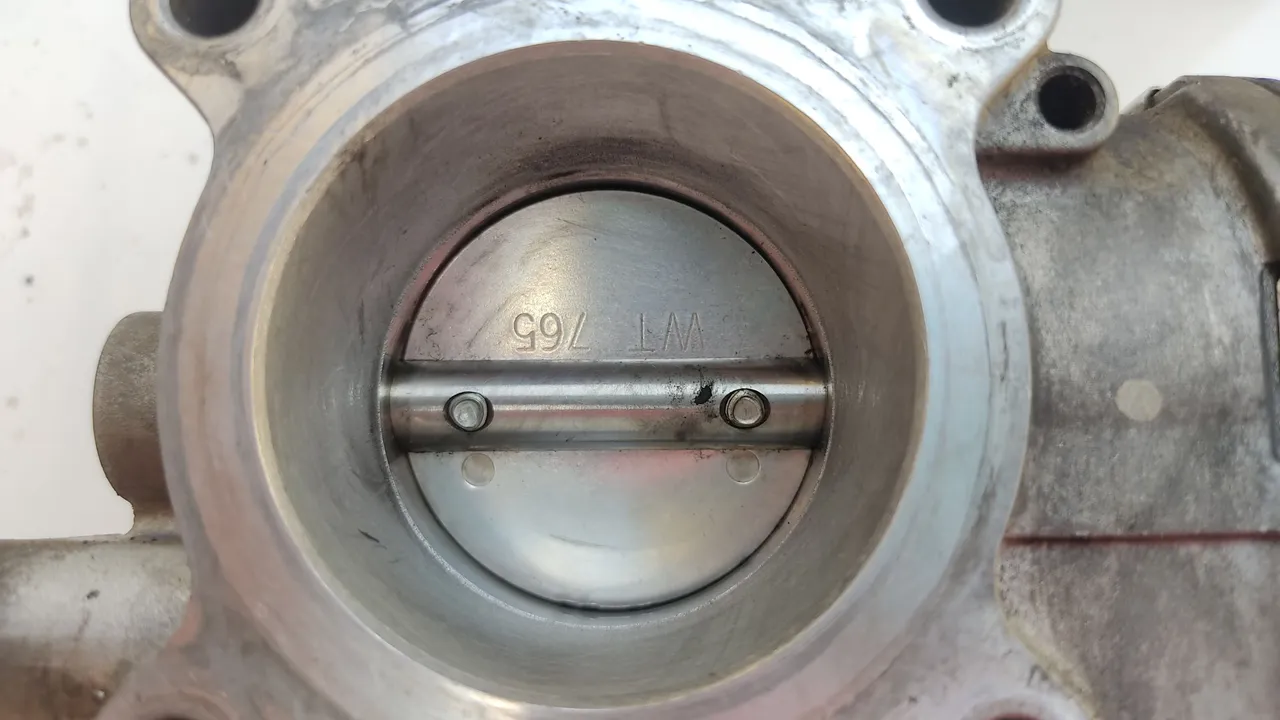
After cleaning, I moved on to the MAP. It's obvious that dirt also accumulated on this sensor. I first checked the input voltage and confirmed it's receiving 5 volts. The problem is the signal return. I noticed the sensor wires were resting on the exhaust manifold's insulating sheet, receiving all the heat it emits. This wasn't the case before. I assume the mechanic I took it to for the camshaft seal replacement didn't put them back properly after disassembling and reassembling everything.
Luego de la limpieza pase al MAP, es obvio que el sucio tambien se acumulo en este sensor, antes revise el voltaje de entrada y si recibe los 5 voltios, el problema es el retorno de la señal. Note que los cables del sensor estaban apoyados sobre la lámina aislante del multiple de escape recibiendo todo el calor que desprende. Esto no estaba asi, supongo que el mecánico al que lo lleve para el cambio de las estoperas del árbol de levas al desmontar todo y armar de nuevo, no los coloco separados.
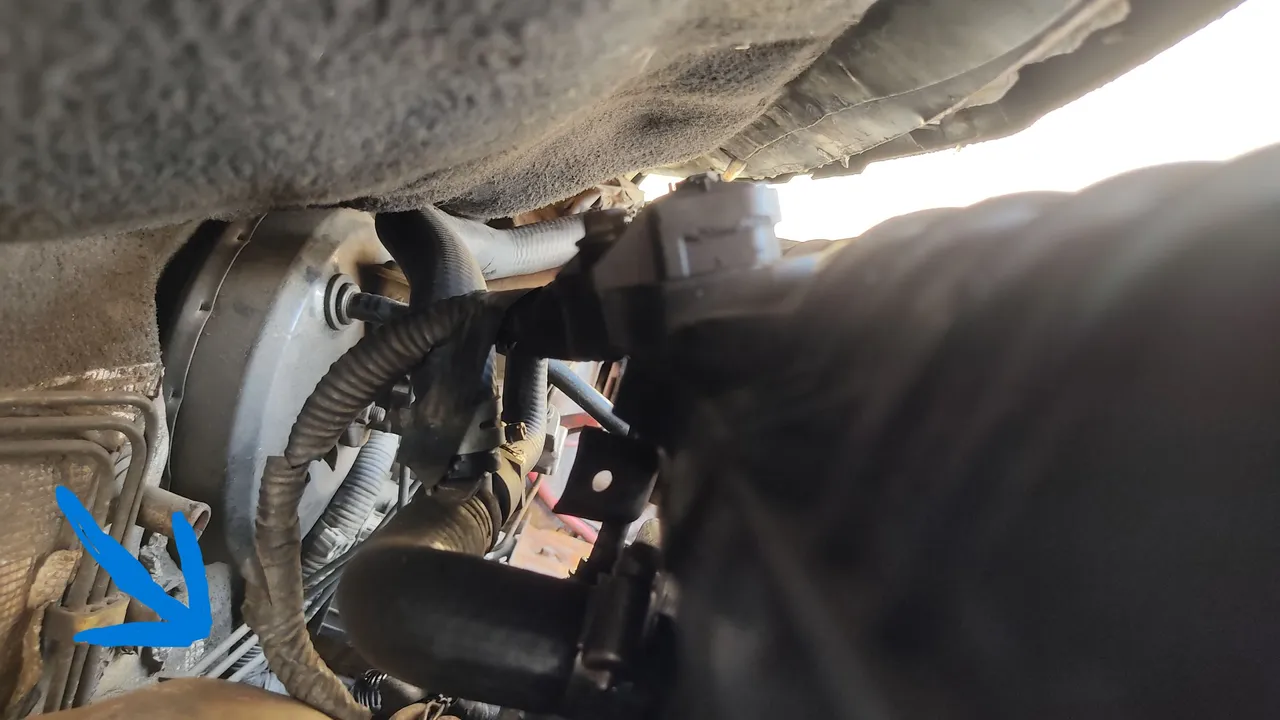
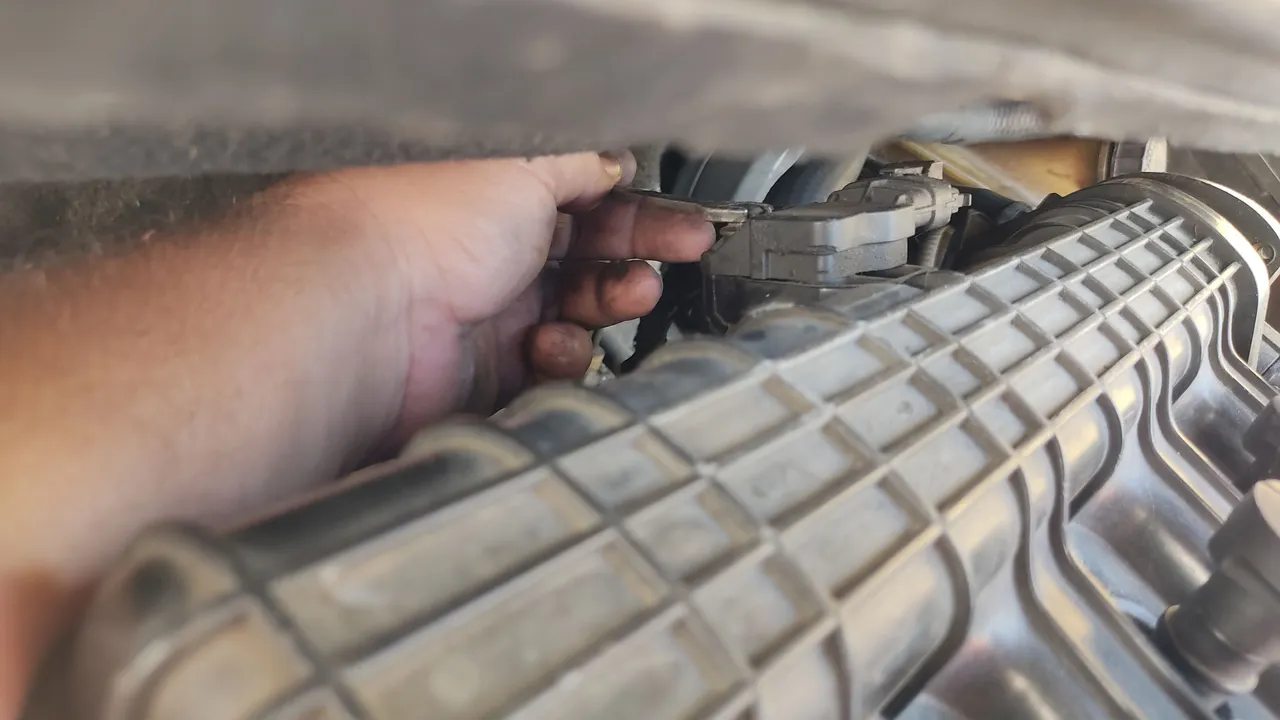
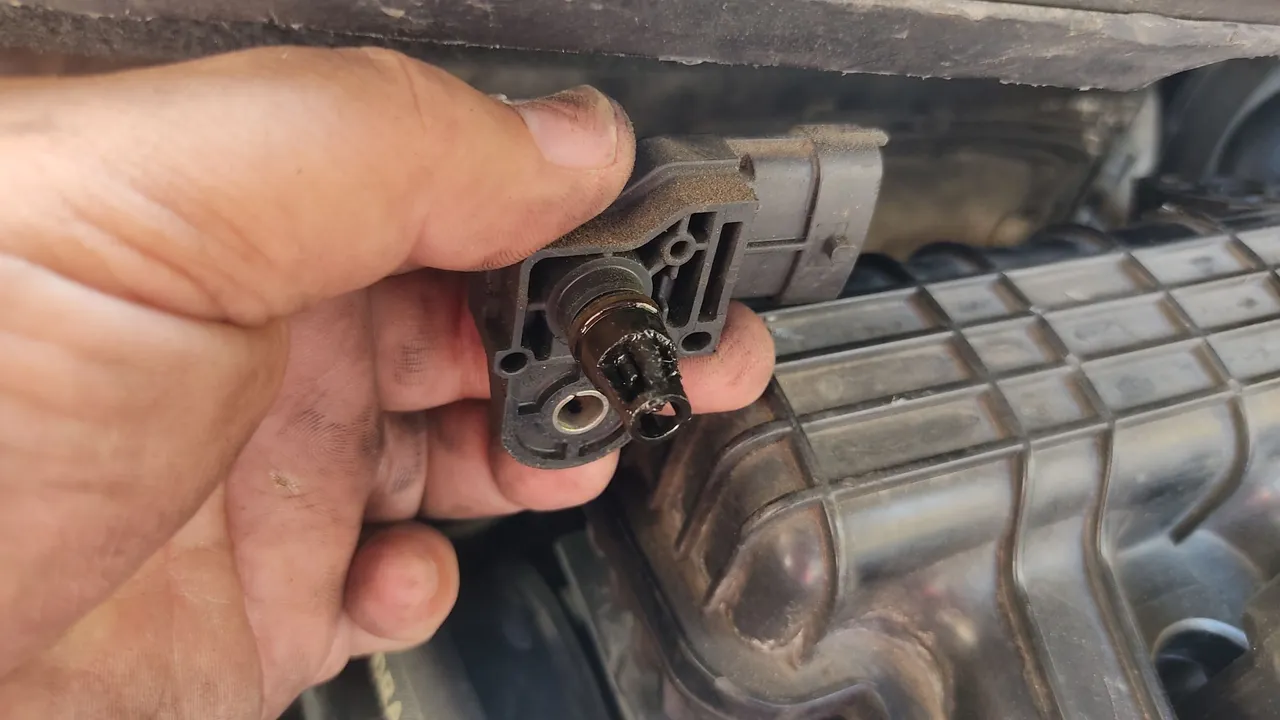
I did my best to insulate the wires, replace charred parts of the protective corrugated tubing, and clean the sensor. It had a lot of accumulated dirt, which worries me because the entire air intake duct is likely the same. Moisture was also evident, suggesting I urgently need to replace the air filter box because a lot of dirt is getting through.
Hice lo mejor que puede para aislar los cables, reemplazar partes tostadas del corrugado que los protegía y limpiar el sensor. La verdad es que tenía mucho sucio acumulado, esto me tiene algo preocupado porque seguro todo el conducto de aire de la admisión está igual. También era evidente la presencia de humedad, lo que me sugiere que debo reemplazar con urgencia el cajón del filtro de aire, porque esta pasando mucha suciedad.
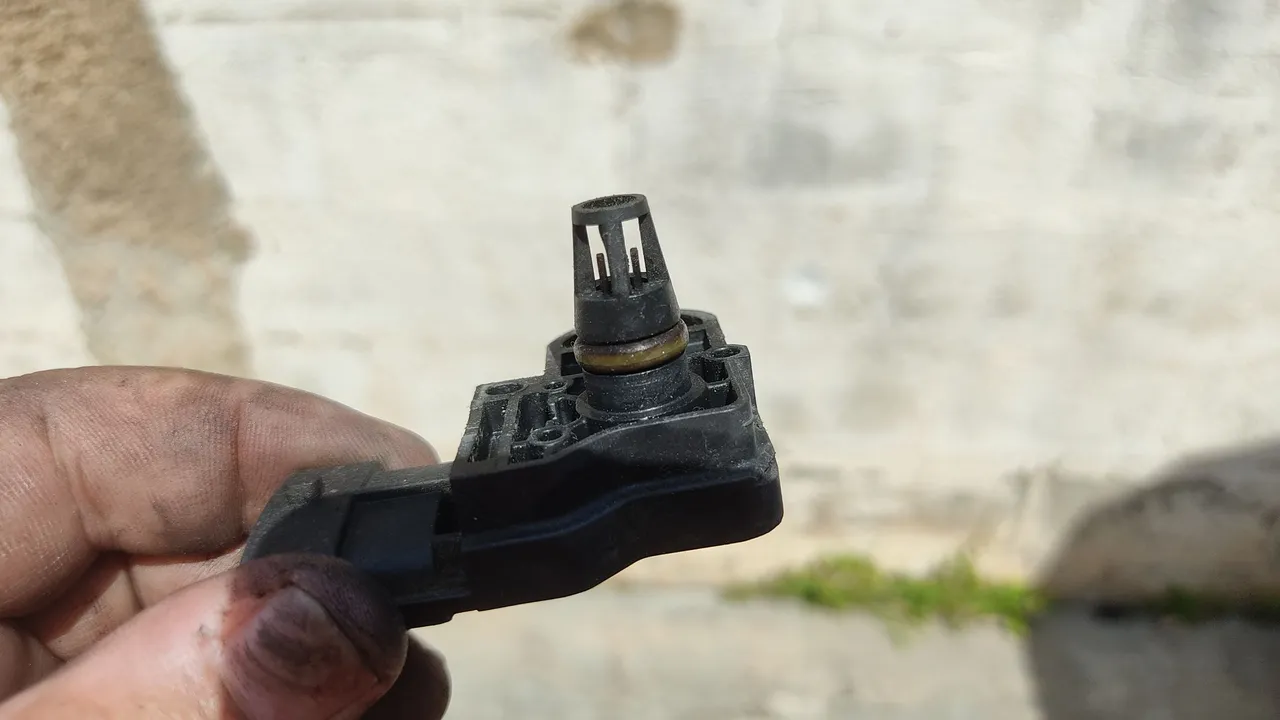
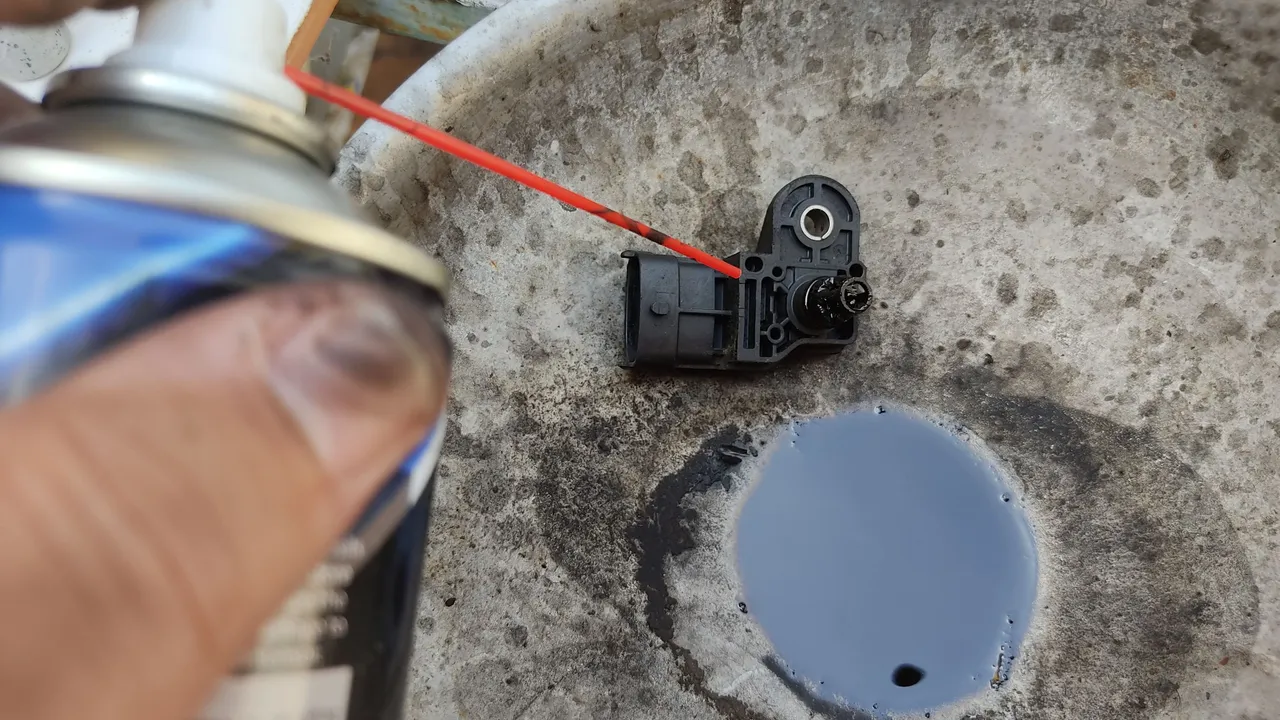
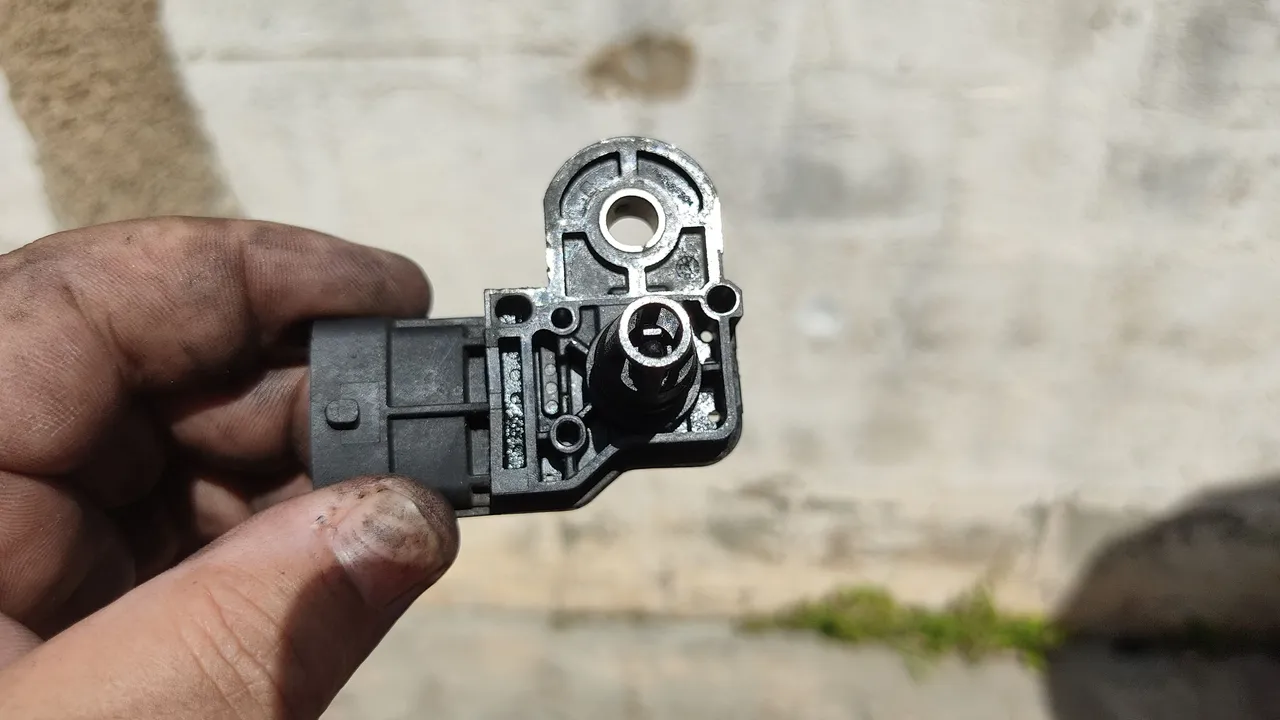
I also took the opportunity to clean the PCV valve. Being close to the MAP sensor, it was likely just as dirty, and indeed it was. As you can see in the photos, the amount of dirt these three components released is abnormal. A much deeper cleaning will be necessary, but for now, the car's response has improved significantly, and I've gained power because the acceleration was slow before.
Aproveche también a limpiar la valvula PCV, al estar acoplada muy cerca del sensor MAP seguramente estaría igual de sucia, y en efecto así lo estaba, como podrán observar en las fotos, toda la suciedad que desprendieron estos tres componentes no es normal, tocará hacer una mucho más profunda, pero por ahora con esto el carro a mejorado mucho su respuesta, he ganado potencia porque antes la aceleración era lenta.
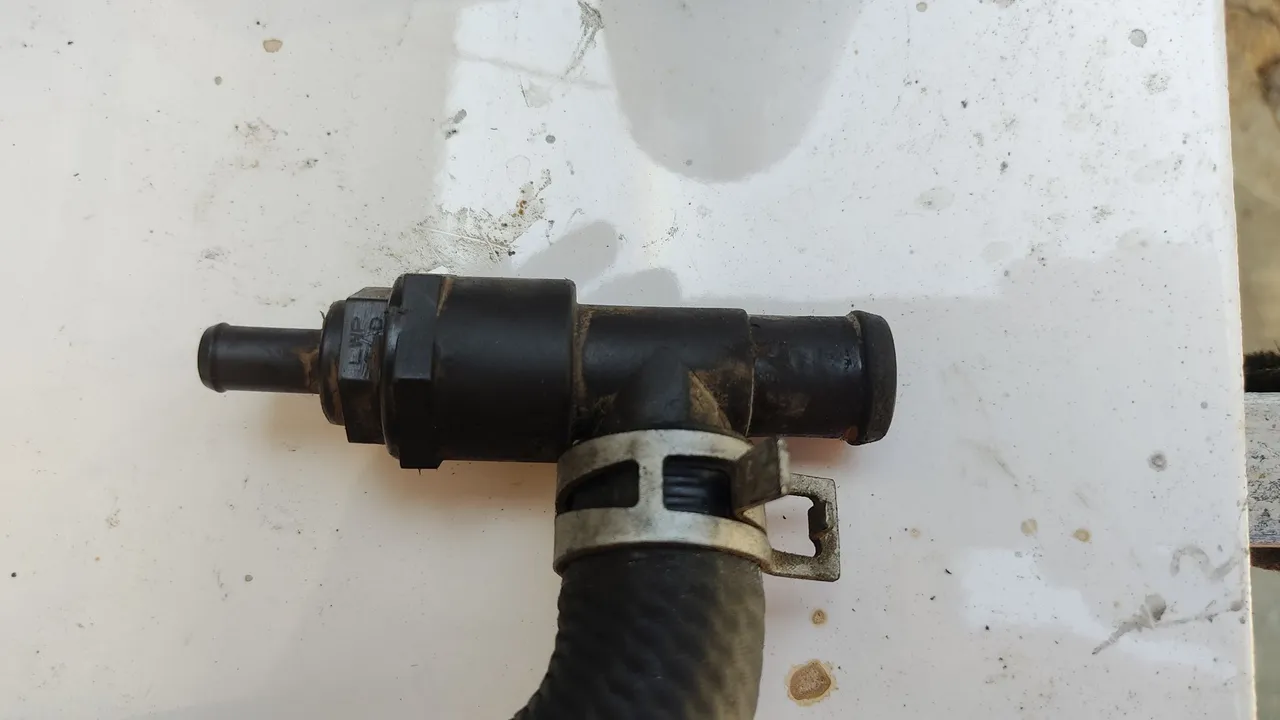
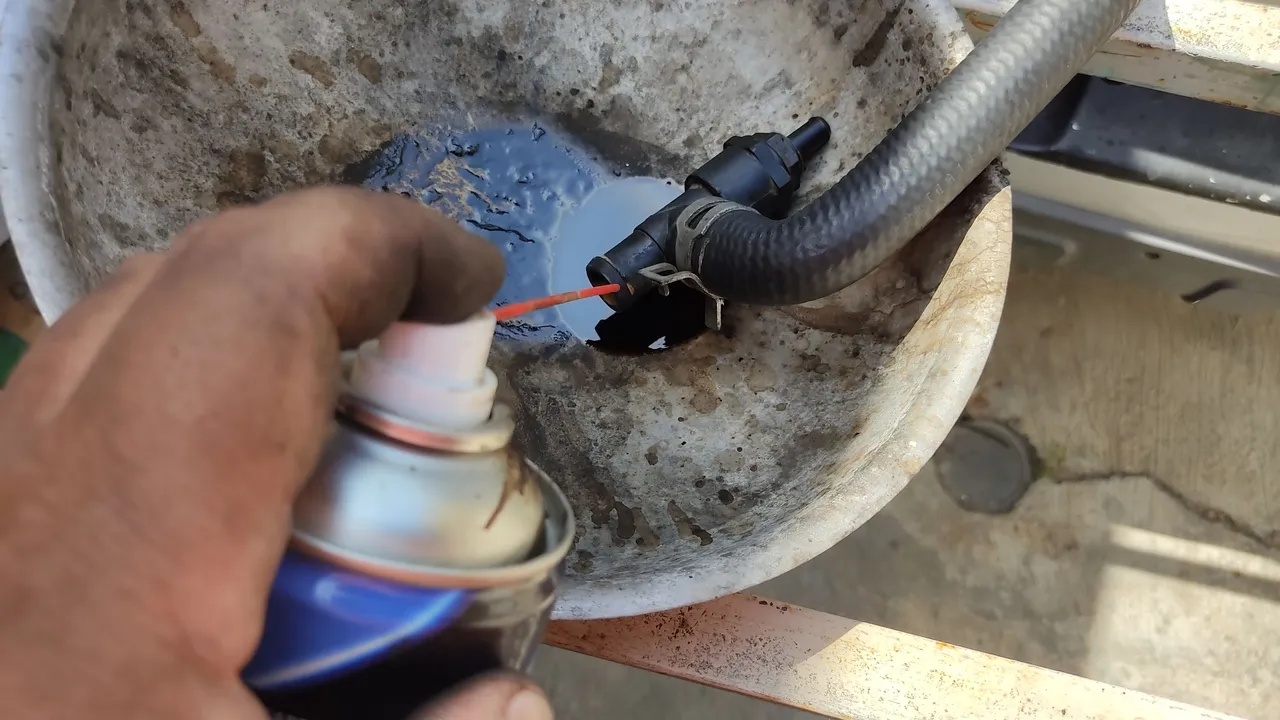
Photos taken by ©danielcarrerag copyright reserved. These images may not be reproduced, distributed or used without the express permission of the author.